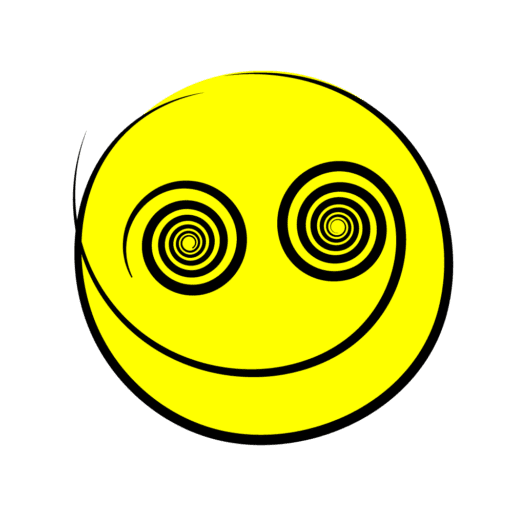Have you ever paused to think about the power of sound in your life? I find it fascinating how sound is not just a background noise but a vital force that shapes our experiences. To me, sound is more than just audible energy; it’s a collection of vibrations that influence our emotions, thoughts, and even our well-being.
The Nature of Sound: Understanding Vibrations
what is sound? At its core, sound is energy that causes molecules to vibrate. These vibrations create waves that travel through air, liquids, and even solid objects. However, not all vibrations are within our hearing range. Human ears can typically detect sounds between 20 Hz and 20,000 Hz, but this range may decrease due to age or exposure to loud noises. Interestingly, silence is simply inaudible energy—vibrations that exist outside the spectrum of our hearing.
We seem to intuitively understand that we are all made of vibrations. You might have heard sayings like “Your vibe attracts your tribe” or “We’re just on the same wavelength.” These expressions show how deeply ingrained our relationship with sound and vibration is in our everyday lives. When we feel a connection to someone, it’s like we’re resonating on the same frequency.
The Emotional Impact of Sound: A Deep Connection
Sound is incredibly emotive, which is one reason it resonates with us so profoundly. Some sounds can calm us, while others can energize us. For instance, gentle lullabies and the soothing sound of rain can effortlessly lull us to sleep. In contrast, an upbeat song can boost our motivation, pushing us to lace up our trainers and head out for a run.
When ever I feel down, I put on my favorite playlist. Instantly, my mood shifts up. The music wraps around me like a warm hug, lifting my spirits and filling me with energy. It’s remarkable how quickly sound can change our emotional landscape.
However, not all sounds are pleasant. Think about the tension you feel while watching a horror film. The suspenseful music builds a sense of foreboding long before anything alarming happens on-screen. Your body reacts instinctively, preparing for something that may or may not come to pass.
Then there are those irritating sounds also —like a smoke detector with a low battery or a neighbor’s car alarm. I’ve experienced that creeping annoyance when those sounds blare unexpectedly. They can quickly turn into a source of stress, proving that sound isn’t just a passive experience; it can evoke strong emotional responses.
Sound as a Source of Creation: The Beginning of It All
Sound is not only a powerful tool for emotional regulation; it also plays a crucial role in creation itself. The universe began with the “Big Bang,” a massive release of energy and sound. For us, our journey with sound starts even before we’re born.
Imagine being in the womb, surrounded by the soothing rhythm of your mother’s heartbeat. That pulsing sound is one of the first vibrations we encounter, providing a sense of safety and comfort. As we grow, we begin to recognize our mother’s voice, even in the womb.
This connection to sound doesn’t fade after birth. Once we enter the world, our preference for certain sounds guides us. For example, babies typically respond more positively to higher-pitched voices, often favoring those of women over men. It’s incredible how sound shapes our early experiences and influences our development.
The Calming Influence of Sound
As I continued to explore the world of sound, I discovered its calming influence. Sound machines are often used to recreate the familiar sounds of the womb, which can help babies sleep peacefully. The gentle hum of white noise drowns out distracting sounds, creating a cocoon of tranquility.
Interestingly, white noise isn’t just beneficial for infants; it can also help adults. I’ve found that playing white noise in the background while I work allows me to concentrate better. It’s like a blanket of sound that keeps me focused, blocking out distractions without drawing my attention.
While white noise is popular, there are other types of calming sounds to consider. Pink noise, for example, contains all frequencies but emphasizes lower ones, making it more relaxing. Studies have shown that pink noise can improve sleep quality, and I’ve personally found it helps me drift off more easily.
My absolute favorite is brown noise . It has even deeper frequencies and a comforting, rumbling quality. While there isn’t a wealth of scientific research on brown noise yet, many people in the neurodiverse community, including those with ADHD, report that it provides a calming experience. I can definitely relate; the sound envelops me in a sense of peace that’s hard to describe.
Self-Medicating with Sound: A Therapeutic Tool ?
Have you ever thought about how you use sound to self-medicate? I certainly do! Sound and music play significant roles in our daily lives, often helping us alter or reflect our moods.
When I began my exploration of sound healing, I encountered skepticism from those who couldn’t grasp the connection between sound and emotions. “What do you mean sound can change your mood?” they would ask, some with genuine curiosity and others with disbelief.
But as I explained how we all instinctively use music to self-soothe, the lightbulb moments became clear. If you’ve ever found yourself listening to a specific song to feel motivated before a workout or to process emotions during a tough time, you’ve engaged in self-medication through sound without even realizing it.
Think about the last time you needed a pick-me-up. Did you turn up the volume on your favorite upbeat track? Perhaps you listened to a powerful ballad to release pent-up emotions. In these moments, sound becomes a therapeutic tool, aiding in emotional regulation and connection to ourselves.
Sound can also anchor us in the present. It cuts through the noise of the past and the fears of the future, allowing us to focus on the here and now. Our ancestors understood this connection, recognizing the power of sound to influence moods and shift states of being. In modern times, we’ve begun to rediscover this knowledge, and it’s a beautiful awakening.
Embracing the Healing Power of Sound
Sound is an integral part of our lives, shaping our emotions, guiding our thoughts, and connecting us to one another and ourselves.
Whether it’s the calming hum of white noise, the energizing beats of your favorite playlist, or the soothing tones of nature, sound has the potential to transform your daily experiences.
Let’s not overlook this incredible tool that has been with us since the beginning. Embrace sound, and allow it to guide you toward healing and harmony. When we reconnect with the transformative nature of sound, we open ourselves up to a world of possibilities, enhancing our well-being and enriching our lives.
In the end, remember that every sound you encounter is an opportunity for healing and connection. Embrace it, explore it, and let sound work its magic in your life.






